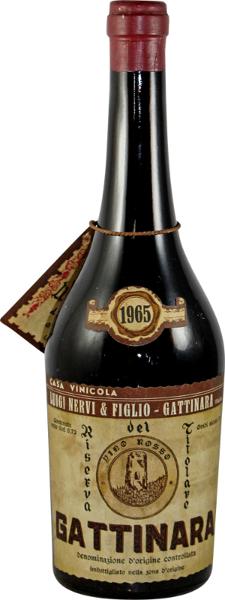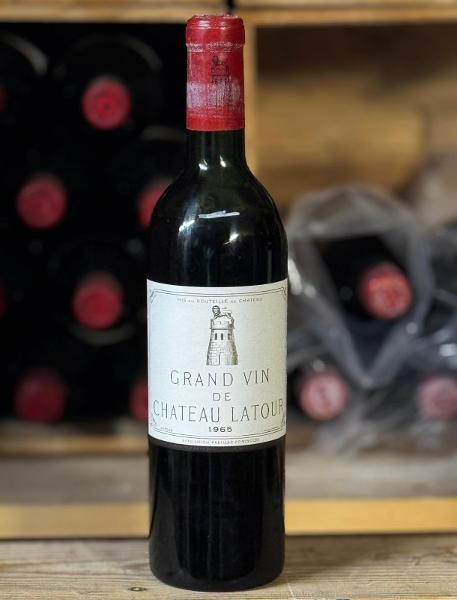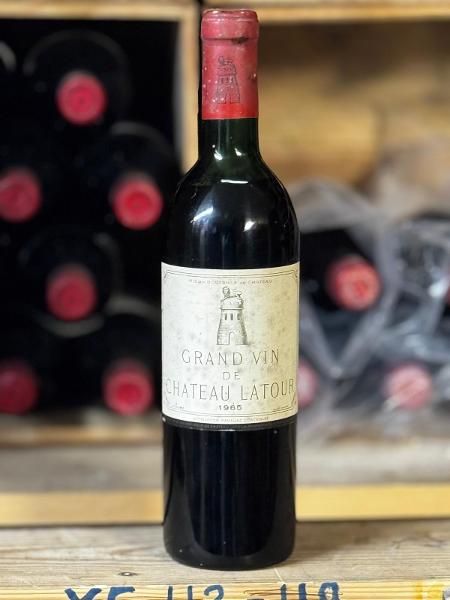Barbaresco, 1965 Red Wine
F.lli Berteletti
Bottle size: 75cl
ABV: 13%
Price:
£169.00
Out of stock
Description
Barbaresco is one of the great wines of Italy's north-western Piedmont region. This aristocratic red has its vineyards situated in the Langhe, on the right-hand side of the Tanaro river and extending from the area north-east of Alba to the communes of Barbaresco, Neive and Treiso. The dominant variety grown is Nebbiolo, but Dolcetto and Barbera also play a part. The vines are generally grown on limestone-rich marl soils. similar to the Tortonium soils of the Barolo and La Morra areas in Barolo. Similar to its more famous sibling Barolo, Barbaresco is made from 100% Nebbiolo and shares its cult status as one of the finest wines in the world.
The 1965 Barbaresco by F.lli Berteletti is a rare and intriguing wine from the Piedmont region of Italy, made primarily from Nebbiolo grapes, which are known for their aging potential and complex flavour development. Aged Barbaresco from a vintage like 1965 would have evolved into a beautifully nuanced wine with great depth and sophistication.
Tasting Notes
Colour: Garnet with orange-brown hues at the rim, showing its age and maturity.
Nose: A captivating bouquet of dried roses, violets, and earthy truffle, complemented by aromas of leather, tobacco, and a subtle hint of spice (clove, cinnamon). Layers of dried red fruits like cherries and raspberries, along with balsamic and earthy undertones, make for a complex and evolving nose.
Palate: Silky and refined, with softened, smooth tannins. The flavours of dried red fruit, leather, and forest floor come to the forefront, with hints of liquorice, tar, and a touch of anise. Bright acidity helps to maintain balance and freshness despite its age.
Finish: Long and elegant, with lingering notes of dried fruit, balsamic, and fine spice, leaving a smooth, mineral aftertaste.
Decant the wine gently to remove sediment, but avoid prolonged aeration, as older wines can be sensitive to oxygen exposure. Pairing it with aged cheeses, truffle-based dishes, or roasted game would complement its complexity, though it’s also an excellent wine to enjoy on its own, appreciating the layers of flavour that have developed.
Condition
Good conditions




